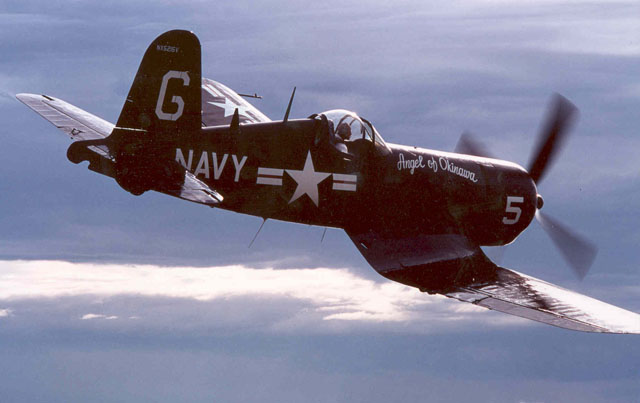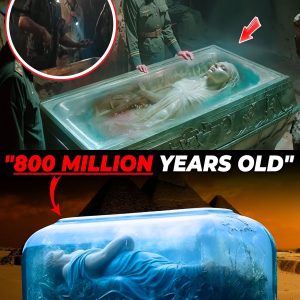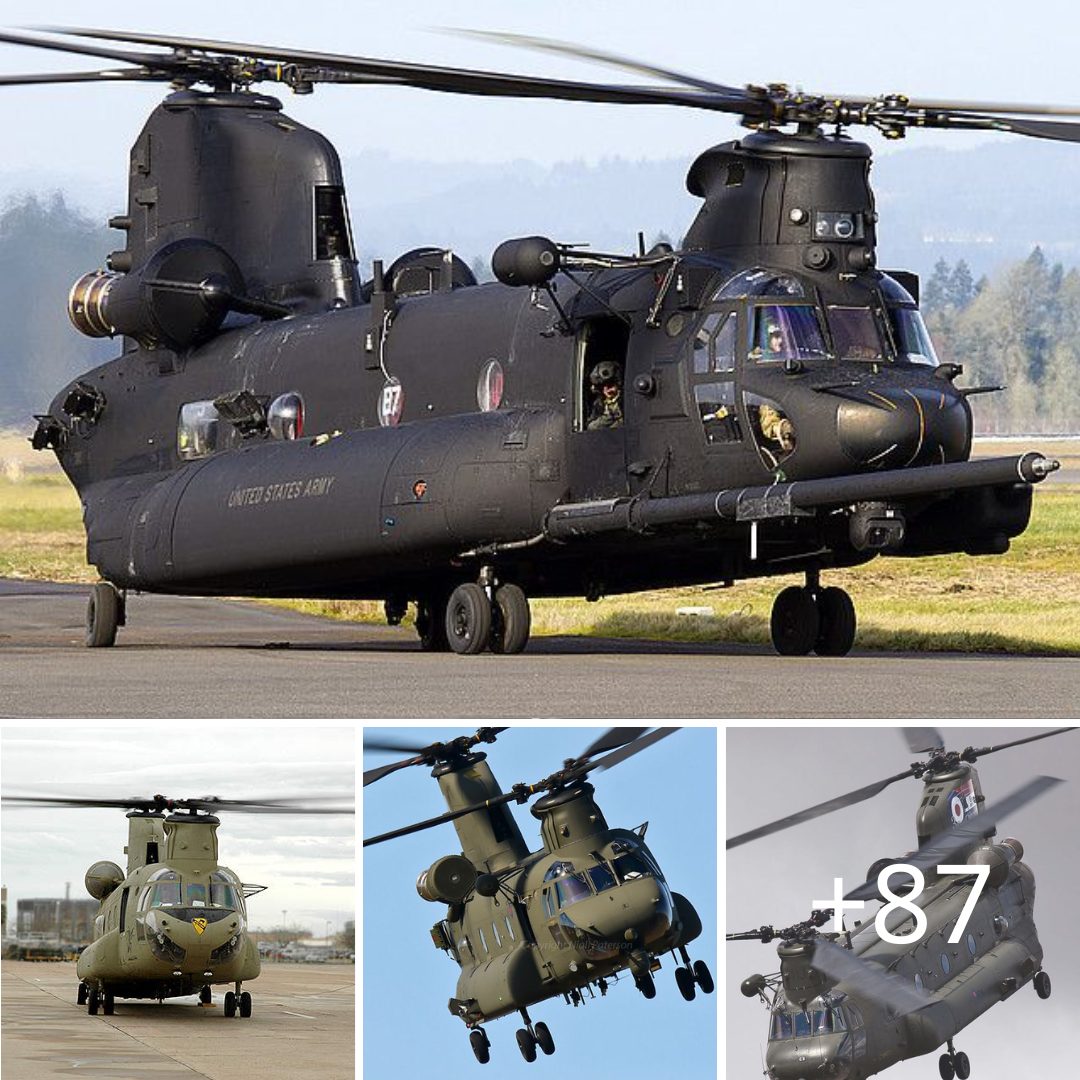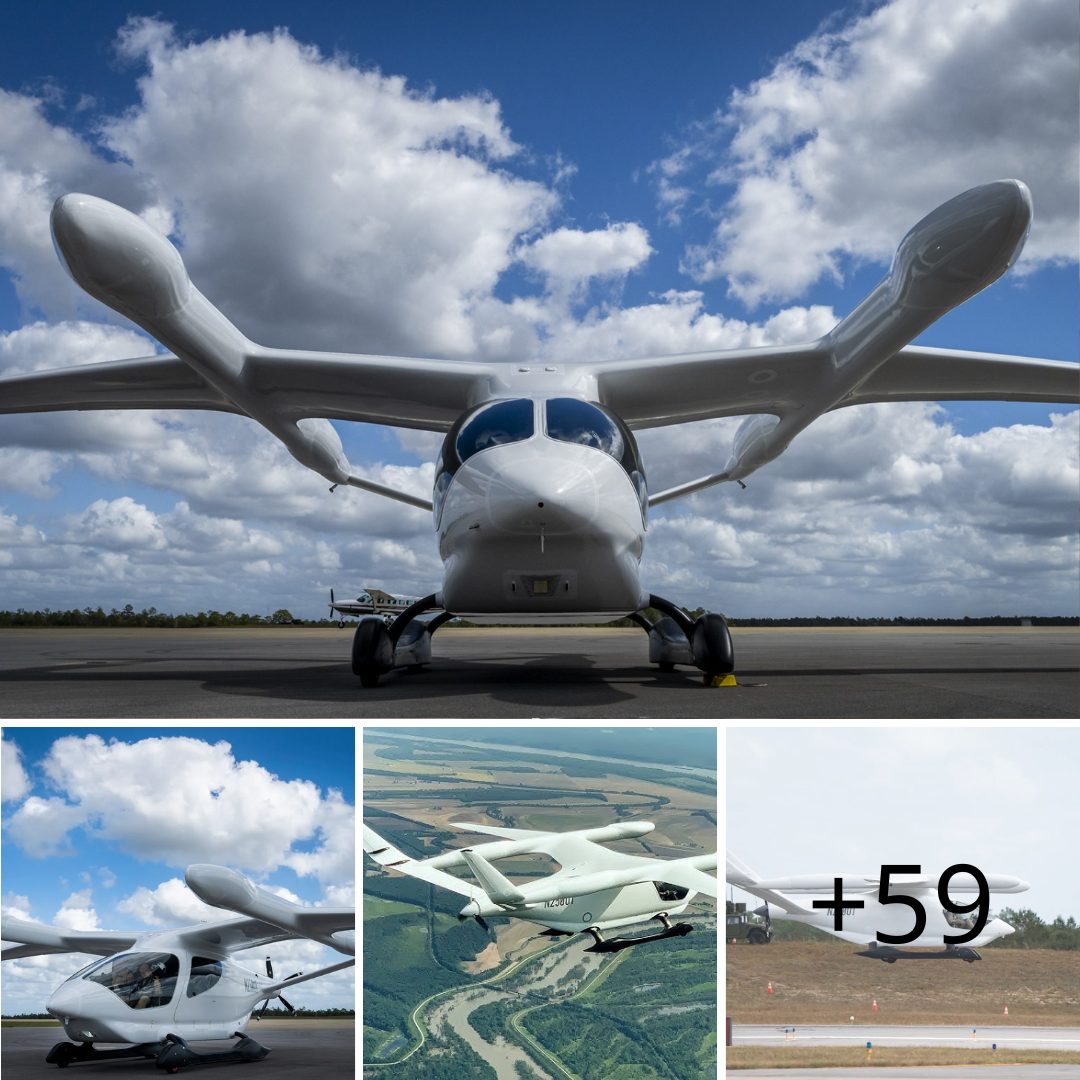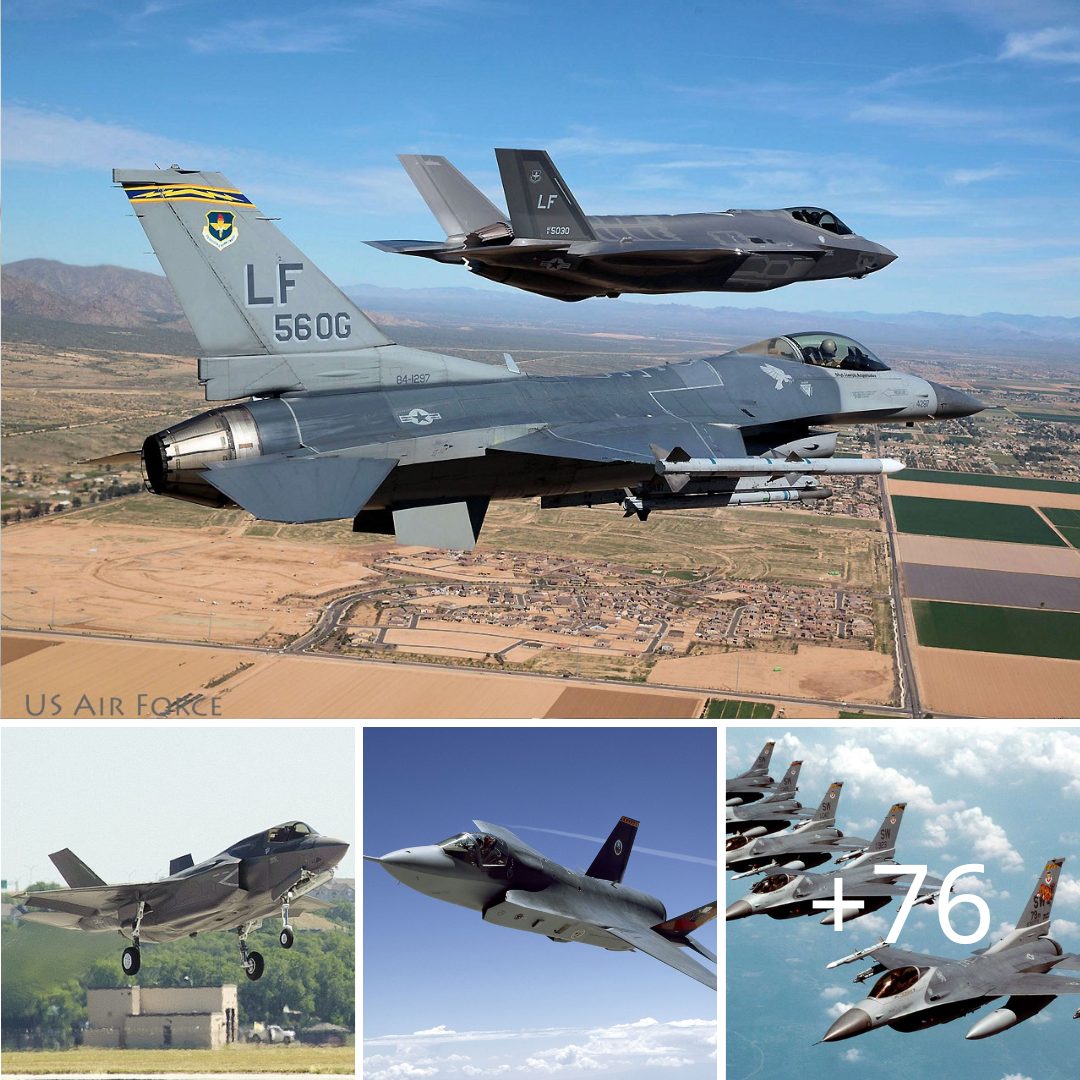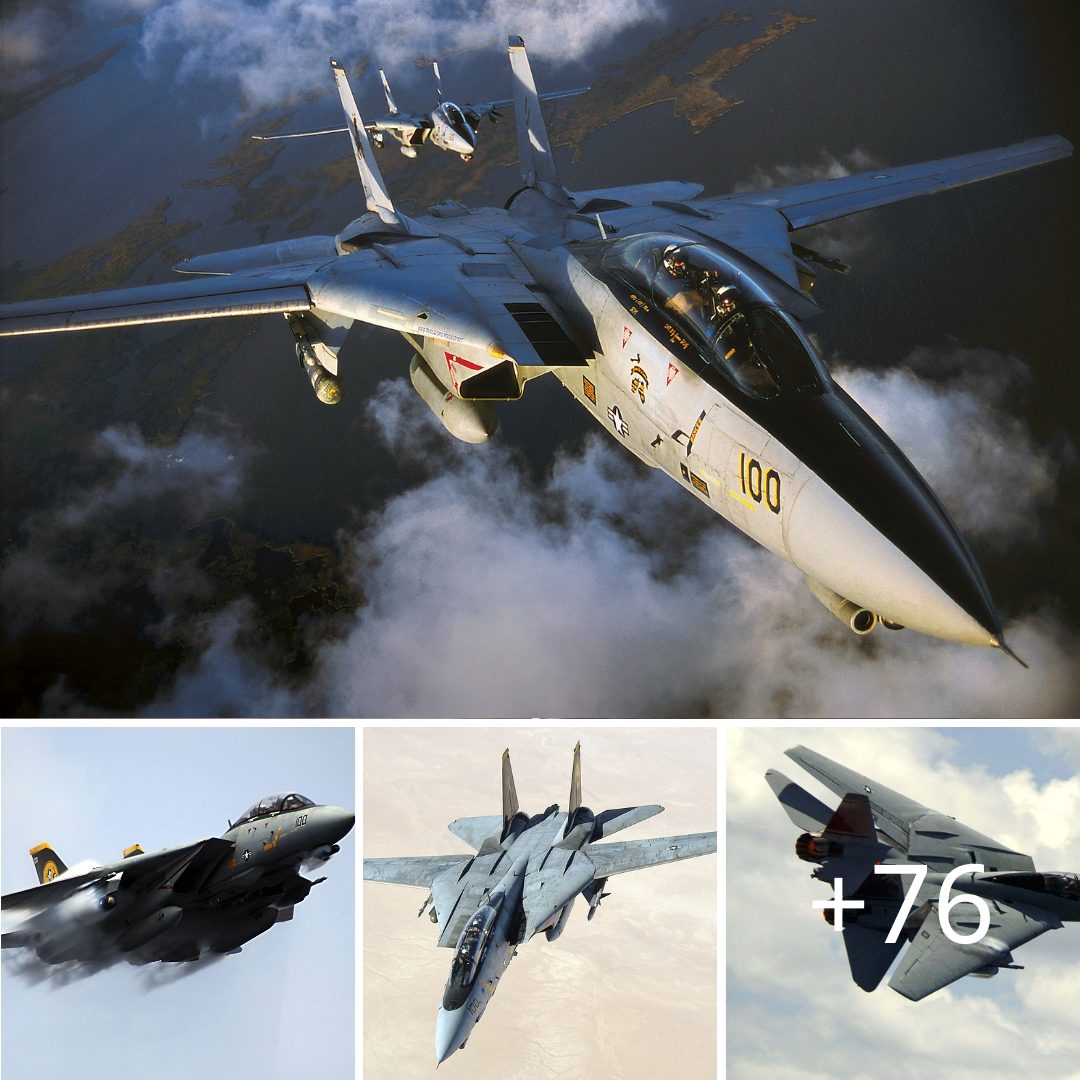The American Vought F4U Corsair became a legend thanks to its participation in the air battles of World War 2, the Korean War and even several others during the Cold War.
A total of 12,571 F4U Corsairs were produced in 16 different versions, from the first prototype until the final one in 1953 was delivered to France. This is the piston-engined fighter with the longest production line in US aviation history, from 1942 to 1953.

The F4U Corsair was also one of the best fighter aircraft of World War II. It was deployed on aircraft carriers and operated mainly in the Asia-Pacific region. The F4U faced off against Japan’s A6M Reisen, Ki-84 Hayate, N1K Shiden-Kai and J2M Raiden fighters, and had a win ratio of 11:1 against the A6M Reisen or 6:1 against the rest. Thanks to the design of the inverted gull wing, the F4U had an aerodynamic advantage at high speed and a weapon payload of up to 1 ton, so in addition to being a fighter, the F4U Corsair also performed well in close-range fire support for infantry, and as a bomber.
The Corsair was first delivered to the US Navy in July 1942,ultimately for carrier qualification trials before it entered Navy service. The Corsair though needed a few issues ironed out but it was then signed off for combat usage at the end of 1942 with the US Navy, although initially from land bases while the issues were addressed. Around that time, the US Marine Corps also took delivery of the aircraft, and it was soon pressed into service to supplement the now aging F4F Wildcat fleet. The Navy at least had the F6F Hellcat on hand while the deck landing issues of the Corsair were looked at.
This carrier based aircraft first took flight in 1940 and was first introduced into United States service in 1942, and it soon became an aircraft that the Japanese air arms would go on to fear and recognize as perhaps the most formidable US fighter of the Pacific War. It was so successful it saw use during the Korean War, and by other air arms such as the Royal Navy. This is how it became the best naval fighter of World War Two.
The origins of the Corsair are traceable right back to early 1938, when requirements for a new twin-engine and single-engine fighter for the US Navy were then drawn up. It is of course the single engine requirement that the Corsair would ultimately go on to fulfil. The US Navy signed a contract in June 1938 with Vought to produce such a fighter, and the prototype would earn the factory designation of V-166B but was ultimately known as the XF4U-1. Construction happened very quickly, with the aircraft powered by a 1,805 hp Pratt & Whitney R-2800 Double Wasp radial engine.
The Corsair’s aerodynamics were an advance over those of contemporary naval fighters. The F4U was the first U.S. Navy aircraft to feature landing gear that retracted into a fully enclosed wheel well. The inverted “gull wing” mainplane arrangement was chosen to keep the spinning propeller blades from hitting the ground. The anhedral of the wing’s inboard section also permitted the wing and fuselage to meet at the optimum angle for minimizing drag, without using wing root fairings.
The Corsair became the first single-engine US fighter to fly faster than 400 mph, which was incredibly impressive. The performance of the Corsair was superior to most of its contemporaries. The F4U-1 was considerably faster than the Grumman F6F Hellcat and only 13 mph slower than the Republic P-47 Thunderbolt. All three were powered by the R-2800.

Originally, the Corsair was to have four guns, but requirements for armament were soon changed following reports from Europe. Heavier armament was thus added to the Corsair, which saw three .50 caliber machine guns in each wing panel become the standard.
The Corsair quickly became one of the most capable carrier-based fighter-bombers of World War II. Some Japanese pilots regarded it as the most formidable American fighter of World War II and its naval aviators achieved an 11:1 𝓀𝒾𝓁𝓁 ratio. Early problems with carrier landings and logistics led to it being eclipsed as the dominant carrier-based fighter by the Grumman F6F Hellcat, powered by the same Double Wasp engine first flown on the Corsair’s initial prototype in 1940. Instead, the Corsair’s early deployment was to land-based squadrons of the U.S. Marine Corps and U.S. Navy.
Remarkably, the Corsair was also used in the Korean War, mostly as a ground attack aircraft but also as a fighter early on against Soviet built Yakovlev Yak-9s. Upon the introduction of the MiG-15, it was quickly switched to ground attack missions. In the Second World War, it outclassed nearly everything the Japanese had and was vastly superior to the likes of the F4F Wildcat and Brewster Buffalo initially in US Naval service.